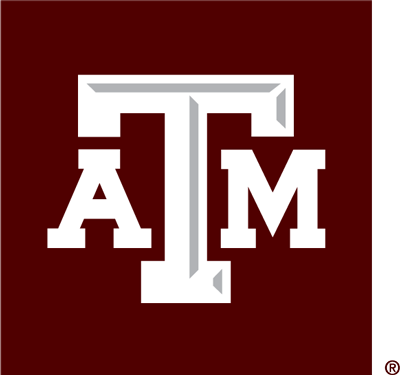About Immigration Affairs
We ensure that the appropriate nonimmigrant status is attained for international faculty, researchers and staff. All questions concerning the employment of a foreign national who requires work authorization should be directed to our office.
Our staff works with both academic and non-academic departments across the Texas A&M University System. We strive to provide the highest level of customer service. Our services include:
- Providing guidance on appropriate nonimmigrant status.
- Assisting in ensuring foreign national employees maintain proper work authorization.
- Providing educational workshops and seminars.
- Supporting the departments in sponsoring eligible foreign national employees for permanent residence.









